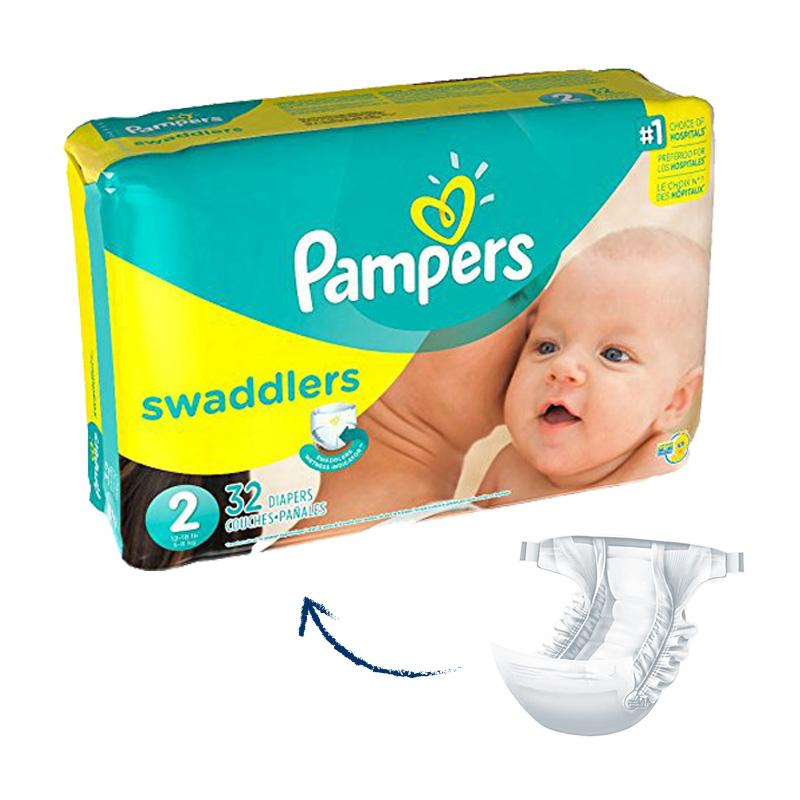Dog Food Packaging Bag: Essential Guide for Pet Owners
June 24, 2025 | News | No Comments

# Dog Food Packaging Bag: Essential Guide for Pet Owners
## Understanding Dog Food Packaging Bags
Dog food packaging bags play a crucial role in maintaining the quality and freshness of your pet’s food. These specialized bags are designed to protect the contents from moisture, air, and contaminants that could compromise the nutritional value of the food.
Modern dog food packaging typically comes in various sizes and materials, each offering different levels of protection and convenience for pet owners.
## Types of Dog Food Packaging Materials
### 1. Multi-layer Plastic Bags
The most common type features multiple layers of plastic with barrier properties:
– Outer layer for durability and printing
– Middle barrier layers to block oxygen and moisture
– Inner food-contact layer that’s safe for direct contact with food
### 2. Stand-up Pouches
These convenient bags feature:
– Gusseted bottoms for stability
– Resealable zippers for freshness
– Easy-pour spouts for convenient serving
### 3. Paper-based Packaging
An eco-friendly alternative that often includes:
– Recyclable paper outer layers
– Biodegradable liners
– Sustainable printing inks
## Key Features to Look For
When selecting dog food packaging, consider these important features:
– Airtight seals to prevent oxidation
– UV protection for light-sensitive formulas
– Moisture barriers to keep food dry
– Durable construction to prevent tears
– Easy-open and resealable designs
## Proper Storage Tips
To maximize the shelf life of your dog’s food:
– Store unopened bags in a cool, dry place
– After opening, keep food in its original packaging when possible
– Use airtight containers if transferring from the bag
– Avoid storing near heat sources or in direct sunlight
– Always check expiration dates before purchasing
## Environmental Considerations
Many manufacturers are now offering more sustainable options:
– Recyclable packaging materials
– Reduced plastic content
– Biodegradable alternatives
– Refill programs to minimize waste
## Reading the Label Information
Dog food packaging contains valuable information:
– Ingredients list (ordered by weight)
– Guaranteed analysis (protein, fat, fiber percentages)
– Feeding guidelines
– Manufacturer contact information
– Expiration or “best by” date
## Choosing the Right Size Packaging
Consider these factors when selecting package size:
– Your dog’s size and daily consumption
– Storage space available
– Frequency of purchases
– Freshness requirements (smaller bags stay fresher)
– Budget considerations (larger bags often cost less per ounce)
## Safety Considerations
Keyword: dog food packaging bag
Always inspect dog food packaging for:
– Signs of damage or punctures
– Swollen bags (could indicate spoilage)
– Proper sealing
– Intact safety features like tamper-evident seals
## Innovations in Dog Food Packaging
Recent advancements include:
– Smart packaging with freshness indicators
– Portion-control dispensing systems
– Single-serve packaging for travel
– Interactive QR codes for product information
– Compostable materials for eco-conscious pet owners
By understanding dog food packaging options and proper storage techniques, you can ensure your furry friend enjoys fresh, nutritious meals while minimizing waste and environmental impact.